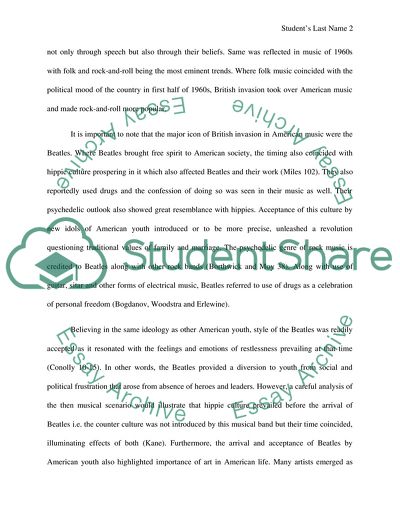Cite this document
(The Era of 1960s in America Essay Example | Topics and Well Written Essays - 2250 words - 3, n.d.)
The Era of 1960s in America Essay Example | Topics and Well Written Essays - 2250 words - 3. https://studentshare.org/history/1820515-essay
The Era of 1960s in America Essay Example | Topics and Well Written Essays - 2250 words - 3. https://studentshare.org/history/1820515-essay
(The Era of 1960s in America Essay Example | Topics and Well Written Essays - 2250 Words - 3)
The Era of 1960s in America Essay Example | Topics and Well Written Essays - 2250 Words - 3. https://studentshare.org/history/1820515-essay.
The Era of 1960s in America Essay Example | Topics and Well Written Essays - 2250 Words - 3. https://studentshare.org/history/1820515-essay.
“The Era of 1960s in America Essay Example | Topics and Well Written Essays - 2250 Words - 3”. https://studentshare.org/history/1820515-essay.


